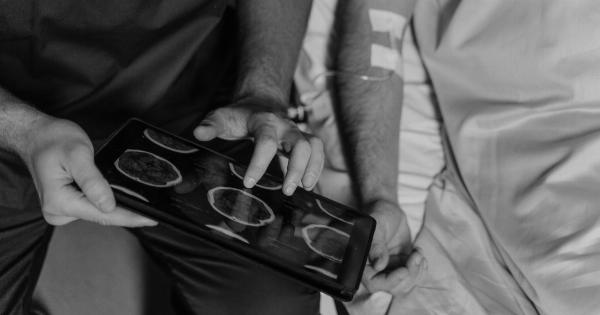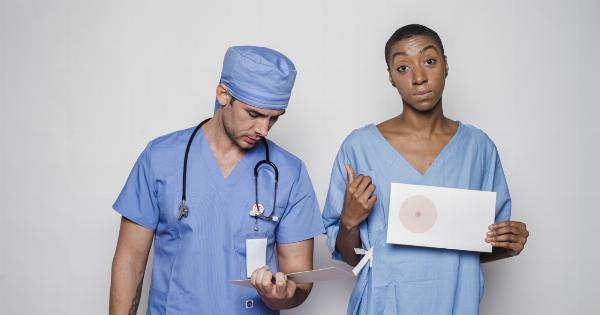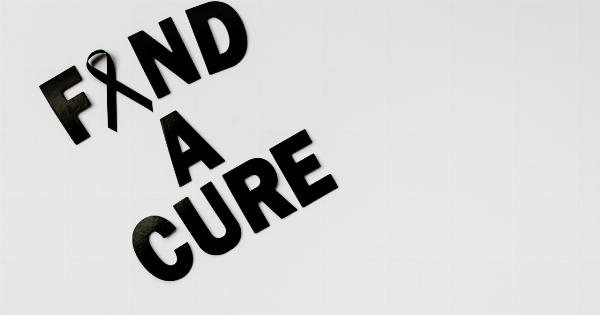When people think of breast cancer, the majority will picture a woman with the disease.
While it is true that breast cancer is more common in women, did you know that men can also develop breast cancer? Breast cancer in men is a rare occurrence, accounting for less than 1% of all breast cancer cases worldwide. Despite its uncommonness, male breast cancer can still be lethal and requires early diagnosis and prompt treatment.
The Prevalence of Male Breast Cancer
According to the American Cancer Society, an estimated 2,620 new cases of invasive breast cancer will be diagnosed in men in the United States in 2021. This is compared to over 280,000 new cases of invasive breast cancer expected in women.
Men can develop breast cancer at any age, but it tends to be more common in older men. The average age of diagnosis for male breast cancer is between 60-70 years old.
Other risk factors for male breast cancer include a family history of breast cancer, certain genetic mutations such as BRCA2, obesity, liver disease, and exposure to estrogen.
The Signs and Symptoms of Male Breast Cancer
Male breast cancer typically presents as a painless lump or thickening in the breast tissue. Other warning signs include nipple discharge, skin dimpling or puckering, and a red, scaly rash on the nipple or areola.
Because male breast cancer is so rare, many men may not know what to look out for. In some cases, male breast cancer can be mistaken for gynecomastia, a benign condition where the male breast tissue swells.
However, any changes in the breast tissue should be examined by a doctor or healthcare professional, regardless of the cause.
Diagnosis and Treatment of Male Breast Cancer
Male breast cancer is diagnosed through a combination of a physical exam, imaging tests such as mammography or ultrasound, and a biopsy of the breast tissue.
Treatment options for male breast cancer are similar to those for women and may include surgery, radiation therapy, chemotherapy, and hormone therapy.
One significant factor that affects the prognosis of male breast cancer is its stage at diagnosis. Early-stage male breast cancer has a much higher chance of successful treatment and survival.
For this reason, it is essential that men understand the symptoms of breast cancer and seek medical attention if they notice any changes in their breast tissue or nipples.
Celebrating Male Breast Cancer Survivors Through Photography
Although male breast cancer is rare, it is still a significant issue that affects thousands of men and their families. One way to raise awareness about the disease is through photography.
There are many moving stories and inspiring portraits of male breast cancer survivors that highlight their struggles, triumphs, and renewed sense of purpose.
These photos tell a story of hope, support, and resilience in the face of a challenging disease. These men are survivors, warriors, and advocates, and their stories deserve to be shared and celebrated.
By sharing these images, we can raise awareness about male breast cancer and help other men who may be going through a similar experience.
Conclusion
Male breast cancer may not be as well-known or as common as breast cancer in women, but it still poses a significant threat to men’s health. Early detection and treatment are essential to reducing the mortality rate of male breast cancer.
By spreading awareness and sharing stories of male breast cancer survivors, we can help support and empower those affected by the disease.

























